I briefly wrote about the importance of pacing a few weeks ago. Here are some additional thoughts as I write my work Disconnect for saxophonist Chi Him Chik and percussionist Derek Frank with live electronics.
Writing a piece that includes both performers (who read notated music) and electronics (that do not fit nicely into our notation conventions) creates a unique challenge for perfect pacing. The way we notate music to fit into time is through strict rhythmic divisions within a meter. The notation system normally divides notes into halves (whole, half, quarter, eighth), but we can mark different divisions of notes in relationship to larger beats. For example, we can divide a quarter into 7 sixteenths by putting a 7 and a bracket over them. These all are to fit into a meter, which implies an emphasis (downbeat) and basic rhythmic framework (this is a simplification). Yet many natural sounding rhythms cannot be notated with precision because of our method. Some composers have invented ways to achieve more fluid rhythms, but they often cause great confusion for the standard performer.
Electronics, while they may be synced to one of these meters, are much more easily thought of in absolute time (minutes and seconds). With modern Digital Audio Workstations (DAWs), I can line up different sound files at just the right millisecond. I realized in this project that the best method for my piece was to work in absolute time and then place the live performers within that frame rather than deal with the electronics in a metric framework. To pace the performers within the ammetrical sound world, I first juxtapose standard meter in their music against the electronics, calculating about how many beats of rest are needed between entrances. For longer waits, I have a foot pedal attached to a computer to trigger the next major electronics entrance or shift.
As my piece progresses, however, I take the sax and percussion music away from strict meter. The first thing to go is the meter itself. The standard rhythmic configurations will exist, but without the meter, it implies that there is room for rhythmic flexibility. Then, I introduce reactionary gestures, which are sets of notes that will be triggered by something in the electronics or from the other performer. Soon after, I introduce imitation gestures, where instead of notation, the performers imitate something they hear from the other performer or in the electronics. Later, I give free improvisation with a contour, drawing lines that squiggle through their music to tell the performer only pitch content with a note on the general feeling of the line. And finally, they are given completely free improvisation within certain time frames, with expressive prompts for inspiration. As the structure of the notation loosens and leads into free improvisation, the musicians align themselves more with the spontaneity of the electronic music. As the piece progresses, I have less exact control over the pacing because of the loss of meter and exact rhythms; however, I place trust in the performers' developed musical senses and the implications from my electronics to make this a successful piece.
More on pacing later! This work Disconnect will be premiered at the Exchange of Midwestern Collegiate Composers (EMCC) on April 7th at the University of Iowa (Iowa City) at 7:30. See the performance page for directions (more details will be posted soon)!

